How can riserless casting be achieved in nodular iron production?
Author: SAIVS Date Published: Jan 22,2025
Achieving Riser-Free Casting in nodular cast iron: Key Conditions and Techniques
Nodular cast iron, also known as ductile iron, is a material highly valued for its superior strength and ductility compared to gray cast iron.
However, achieving riser-free casting in ductile iron can be quite challenging due to the material's solidification characteristics.
This article discusses the essential conditions required for riser-free casting of nodular cast iron, highlighting key aspects such as molten iron composition, pouring temperature, mold strength, and inoculation treatment.
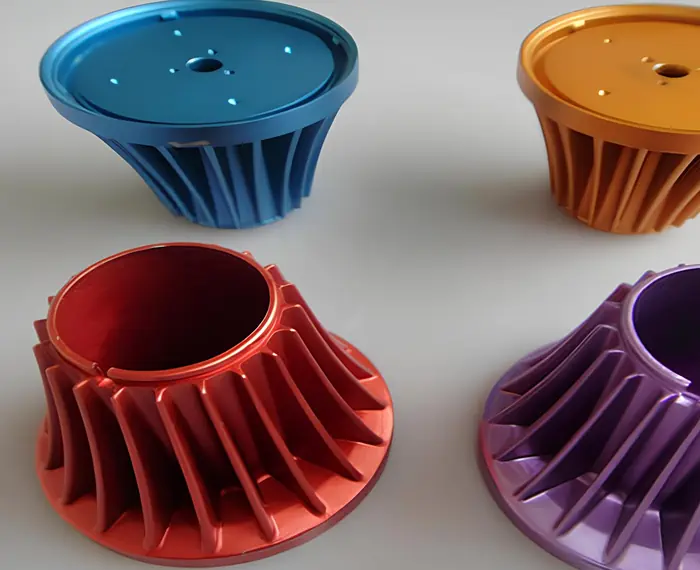
1. Solidification Characteristics of Nodular Cast Iron
The solidification process of nodular cast iron differs significantly from that of gray cast iron due to the nature of graphite formation.
In gray cast iron, graphite grows in the form of flakes, whereas in ductile iron, graphite forms spherical nodules.
The spherical nature of the graphite in ductile iron hinders its ability to absorb sufficient carbon from the surrounding liquid, making it more prone to shrinkage during solidification.
Furthermore, the formation of austenite around the graphite nodules limits the transfer of carbon from the liquid to the graphite, slowing the graphitization process.
As a result, even though the carbon equivalent in nodular cast iron is higher than in gray cast iron, the material's graphitization is more challenging, leading to increased solidification shrinkage.
2. Key Conditions for Riser-Free Casting
Achieving riser-free casting requires careful control of various factors during the casting process. Based on years of practical experience, the following conditions are crucial for successful riser-free casting of nodular cast iron:
2.1 Selection of Molten Iron Composition
Carbon Equivalent (CE): The carbon equivalent is a crucial factor in determining the solidification characteristics of nodular cast iron. A balanced CE range of 4.30% to 4.50% is ideal, as it promotes appropriate graphitization and minimizes the risk of shrinkage defects. Excessively high CE values can lead to defects such as graphite flotation, which worsens feeding performance.
Silicon (Si): Silicon is a graphitizing element in cast iron. While higher silicon content promotes graphitization, it can hinder eutectic solidification, leading to the formation of shrinkage cavities. Therefore, it's essential to minimize silicon content, especially in low-silicon alloys, to optimize the solidification process.
Carbon (C): Maintaining a carbon content of 3.60% to 3.70% is optimal for reducing shrinkage. Higher carbon content promotes better graphitization expansion, which helps in compensating for solidification shrinkage.
Sulfur (S) and Magnesium (Mg): These elements impact the spheroidization of graphite. Sulfur should be controlled at around 0.015%, and magnesium content should be minimized (0.03%–0.04%) to improve the spheroidization rate and enhance feeding.
2.2 Pouring Temperature
The pouring temperature of nodular cast iron typically ranges from 1350°C to 1500°C.
While temperature does not significantly affect the shrinkage volume, it influences the size and distribution of graphite balls.
Higher pouring temperatures can increase the size of the graphite nodules but decrease their number.
Therefore, a balanced pouring temperature that reduces undercooling and allows sufficient time for graphitization is essential.
2.3 Mold Strength and Stiffness
The strength and stiffness of the mold play a critical role in preventing mold deformation and ensuring that the graphite balls are adequately formed.
A rigid mold resists the hydrostatic pressure of the molten iron and reduces the risk of shrinkage defects.
Sand-coated iron casting processes have been successfully used to achieve riser-free casting by improving mold rigidity.
2.4 Inoculation Treatment
Inoculation is an effective method to improve the feeding ability of nodular cast iron.
A powerful inoculant can provide numerous nucleation sites, promoting the formation of fine graphite balls during solidification.
This reduces the risk of shrinkage cavities and enhances graphitization expansion, which is critical for compensating for solidification shrinkage.
2.5 Cold Iron Usage
While cold iron can help in specific areas like perforated parts, its excessive use may hinder the growth of graphite balls and worsen shrinkage.
Cold iron should be used cautiously, as it can impact the overall graphitization process.
2.6 Casting Modulus
For riser-free casting to be successful, the casting modulus must be optimized.
Data suggests that a modulus of at least 3.1 cm is necessary for achieving riser-free casting in ductile iron.
Castings with a thickness of less than 50 mm are particularly challenging to cast without risers.
Conclusion
Riser-free casting of nodular cast iron requires precise control over several key factors, including the composition of the molten iron,
pouring temperature, mold strength, inoculation treatment, and the judicious use of cold iron. By adhering to these conditions,
it is possible to produce high-quality ductile iron castings without the need for risers, thus improving efficiency and reducing material waste in Industrial Applications.
Why Choose SAIVS™ as Your Supplier?
1.Superb Quality Control Management
At SAIVS, we take pride in our perfect quality management systems and procedures, which guarantees the excellent performance of all our producs, being a professional Investment Casting | Die Casting| Sand Castingmanufacturer in China.
2.Rich Production Experience
With 20 years of experience in production, SAIVS has a deep understanding of the market and trends, and strives for continuous research and innovation. This has created advantages in both the product's performance and appearance.
3.Competitive Prices
As a Chinese factory committed to becoming the most cost-effective Investment Casting | Die Casting| Sand Castingexporter in China, SAIVS provides high-quality products at advantageous prices. By lowering costs and increasing efficiency, we ensure that our customers receive the best possible value for their investment.
4.Perfect After-sales Service
At SAIVS, we strive to provide superior customer service that meets and exceeds expectations. We are always available for any questions or concerns you may have, and we stand by our commitment to providing excellent after-sales support.
Related Posts
-
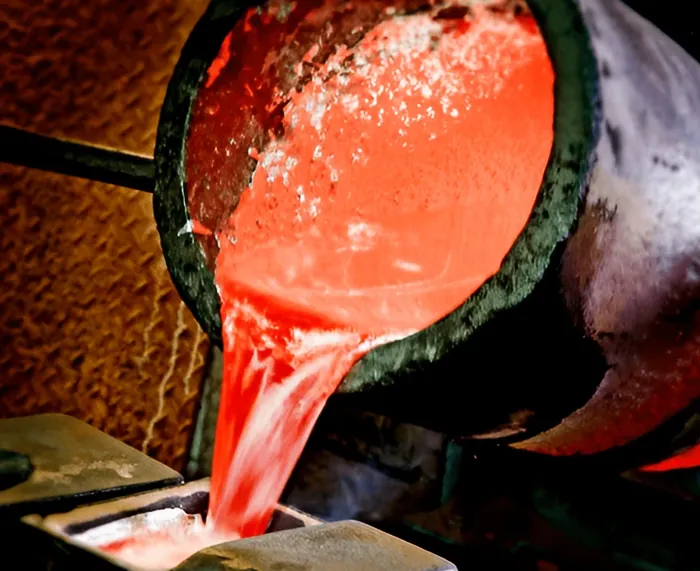
Conquering Casting Shrinkage: A Guide to Flawless Metal Parts
This article explores types of shrinkage, and solidification, and how to control them for high-quality castings.
-
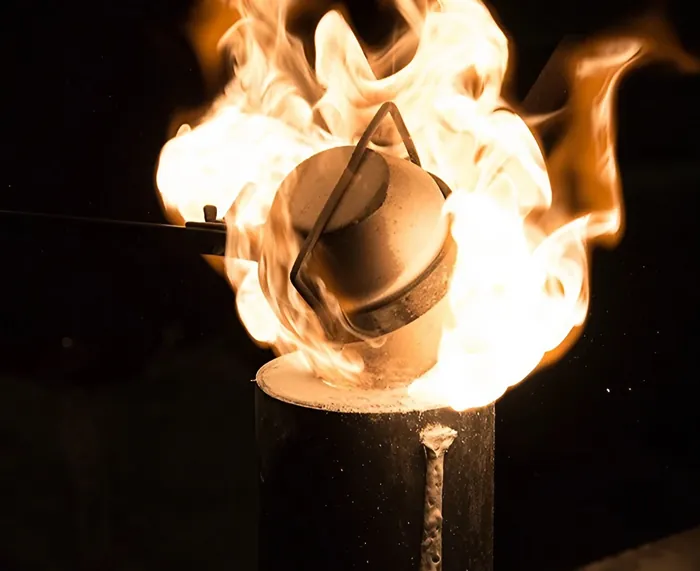
Stainless Steel: The Unsung Hero of Lost Wax Casting
This article will take you to explore the lost wax casting process and a detailed analysis of stainless steel in strength and other aspects of the superior perf...
-
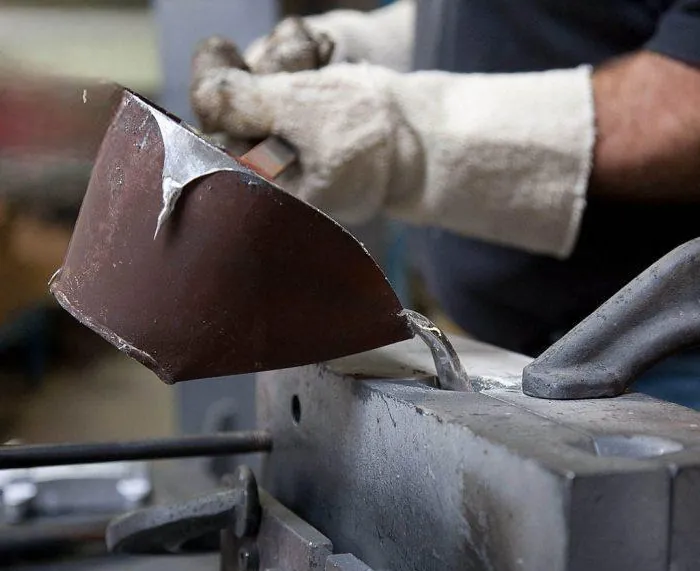
Aluminum Vs Magnesium:How To Select For Gravity Die Casting?
Aluminum gravity die casting is a process in which molten aluminum is poured into a mold under the force of gravity.The process is relatively simple and inexpen...
-
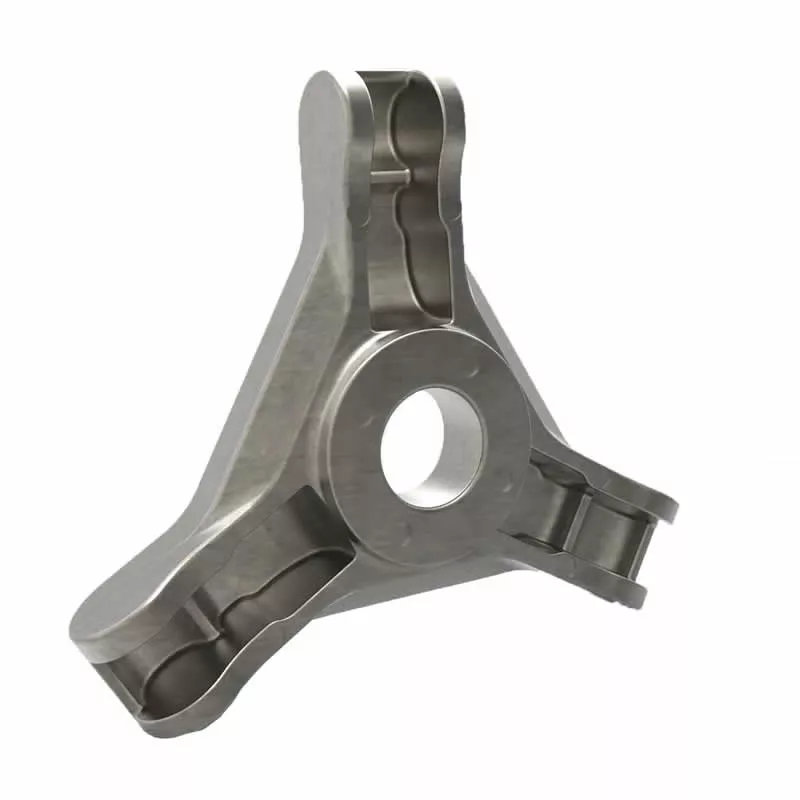
Heat treatment and storage methods of aluminum castings
The casting heat treatment process of aluminum castings includes three stages: heating, heat preservation and cooling. In each heat treatment process specificat...
-
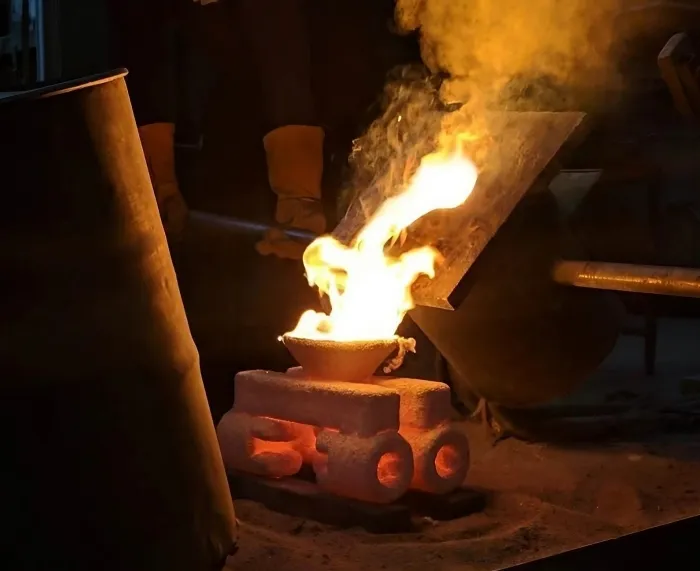
Choosing the Right Material for Investment Casting
What is Investment casting?Investment casting is a metalworking process that involves creating a shape, called the investment, out of wax or other materials. Th...
-
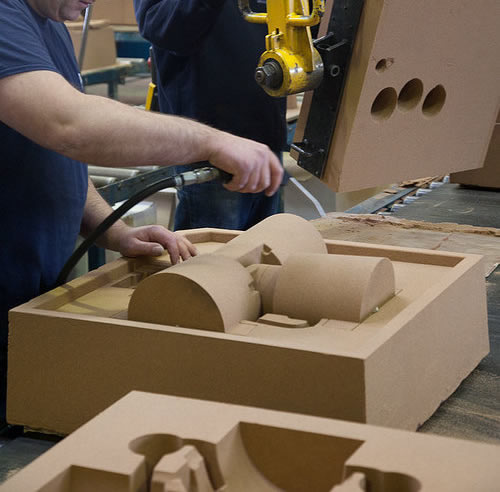
The benefits of sand mouldings in aluminium casting
The benefits of sand mouldings in aluminium castingSand casting is a very popular casting process, primarily because of the many benefits sand mouldings offer t...

